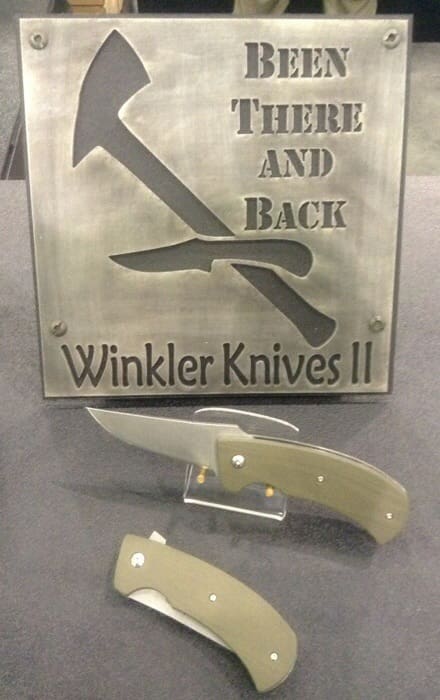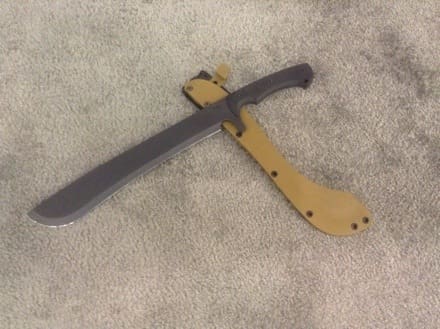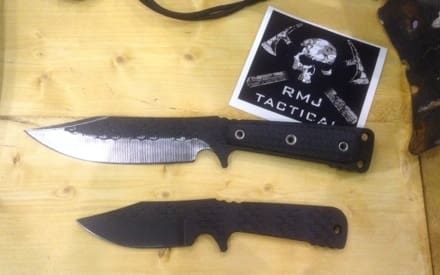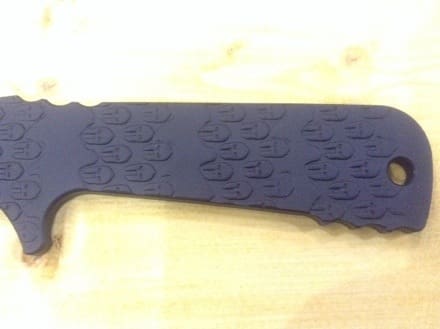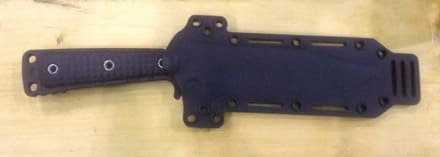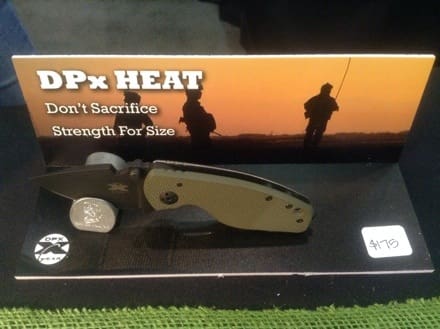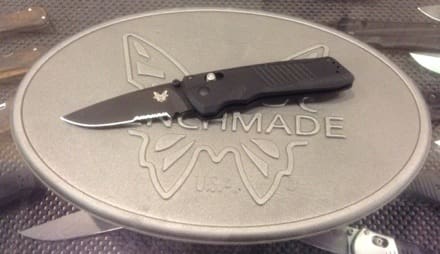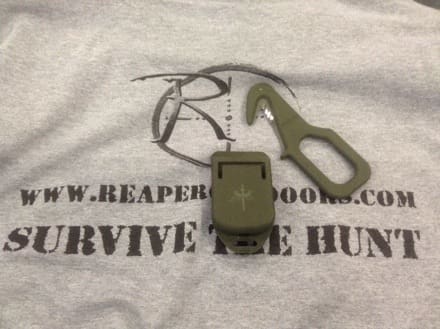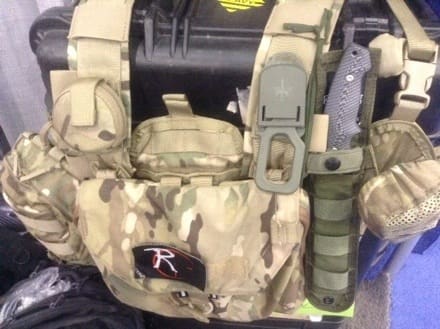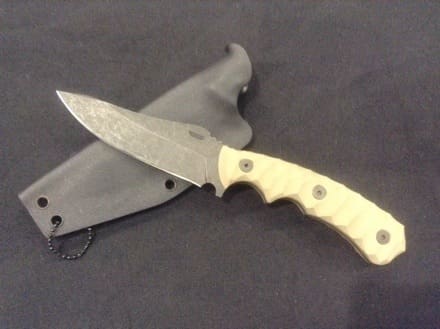This is Rustick Knives first year as a vendor at Blade Show. Founder Jack Stottlemire (SGM, USA Ret) is a US Army Special Operations Veteran out of Fayetteville, NC. Initially, he worked on his knives at Wilmont Knives but now he has own shop fully up and running. The name Rustick has been around for some time as Jack used to build custom archery rigs. It comes from Jack’s nickname Rusty and the Stick bows he used to make.
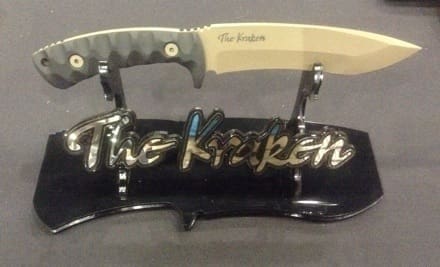
The centerpiece of his booth is The Kraken which has been featured in Tactical knives magazine. Originally it was designed as a one-off custom knife for auction for the Special Operations K9 Memorial but Ryan Johnson of RMJ Tactical urged Jack to put it into production. Originally, it was sold through US Elite but now you can buy it direct from Rustick Knives. He uses 80BRC2 German Tool Steel for his knives and Hawks. Donnie “Harp” Harper (1SG, USA Ret) makes his sheaths in both Kydex and leather.
www.facebook.com/rustickknivesllc


